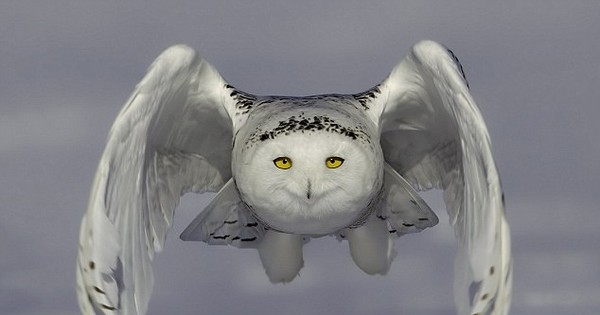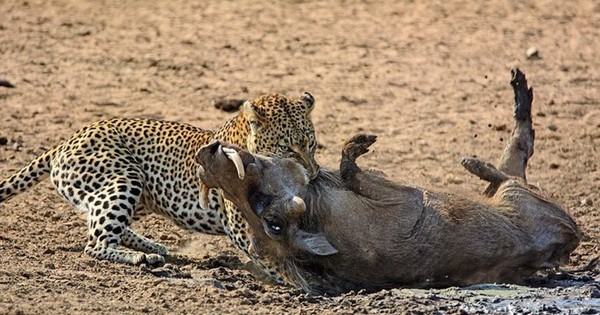Trumρetfish Facts
Description
Trumpetfish have elongated bodies and snouts leading into a small jaw. The lower jaw has small teeth, and their chin has a short barbel for defense. They also have a row of spines on their backs that can be raised to ward off predators, and their body is covered with small scales.
Trumpetfish can grow anywhere from 24 to 39 inches depending on the species, with A. chinesis reaching up to 36 inches, A. maculatus averaging 24 inches, and A. strigosus reaching up to 30 inches. Their coloration helps them blend in with their environment, and they can even change their colors for stealth and during their mating ritual.

Habitat and Distribution
Trumpetfish in Chichiriviche de la Costa,Venezuela,Caribbean Sea. A. maculatus are found in the Caribbean sea and off the northern coasts of South America, A. chinensis are found throughout the Pacific and Indian oceans, and A. strigosus are found in the Atlantic ocean off the coast of Africa and parts of South America. They live in coral reefs and reef flats in the tropical and subtropical waters in these areas.

Diet and Behavior
A trumpetfish’s diet consists of small fish and crustaceans, as well as occasionally larger fish. For larger prey, trumpetfish swim near large herbivorous fish to hide and ambush their prey. To catch smaller food, they float in a vertical, head-down position among corals to conceal themselves—a technique that also hides them from predators—and wait for their prey to come across their path. They capture them by suddenly expanding their mouth, which generates a suction strong enough to draw in their prey. Additionally, they can also consume fish larger than the diameter of their mouths due to the elasticity of their tissue.
Reproduction and Offspring
Not much is known about trumpetfish reproduction, but trumpetfish begin courtship via a dancing ritual. Males use their color changing abilities and dance to win over females. This ritual occurs close to the surface. After the ritual, females transfer their eggs to the males to fertilize and care for until they hatch. Like seahorses, the males care for the eggs, carrying them in a special pouch.

Species
Trumpetfish
There are three species of Aulostomus: A. maculatus, A. chinensis, and A. strigosus. The coloration of these fish changes depending on the species. A. maculatus are most commonly reddish-brown but also can be grey-blue and yellow-green with black spots. A. chinensis can be yellow, reddish-brown, or brown with pale bands. The most common colors for A. strigosus are brown or blue, green or orange tones, or intermediate shades. They also have a pattern of pale, vertical/horizontal lines across their body. A. chinensis are seen in shallow reef flats of at least 370 feet. They can be seen swimming close to coral or rocky sea floors or floating motionless under ledges. A. strigosus are a more coastal species and are found over rocky or coral substrates in inshore waters. A. maculatus range in depth from 7-82 feet and are found close to coral reefs.
Conservation Status
All three species of Aulostomus are currently designated as least concern according to the International Union for Conservation of Nature (IUCN). However, the A. maculatus population has been found to be decreasing, while the populations of A. chinensis and A. strigosus are currently unknown.





